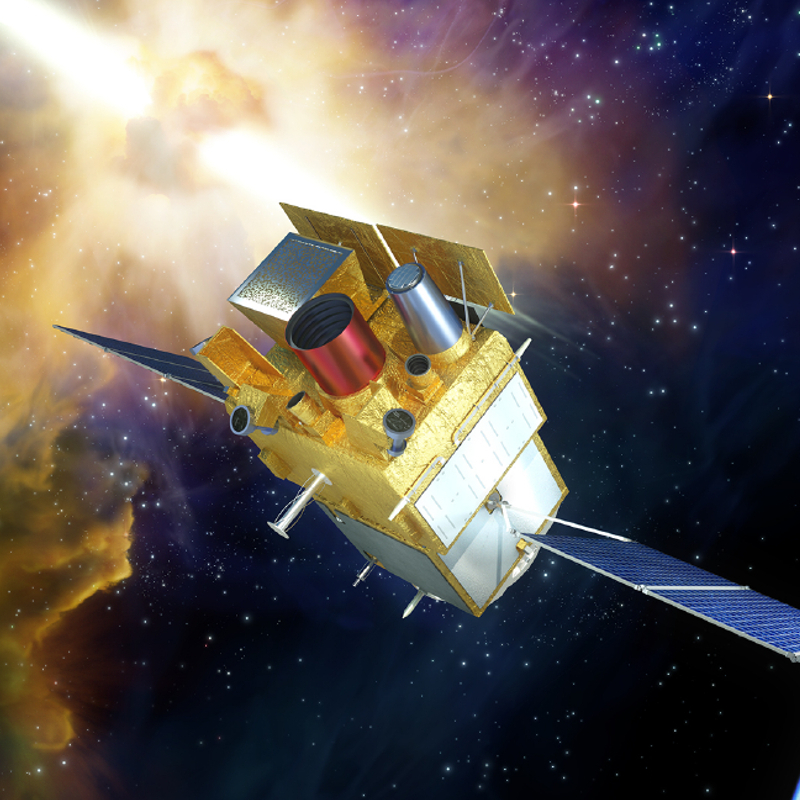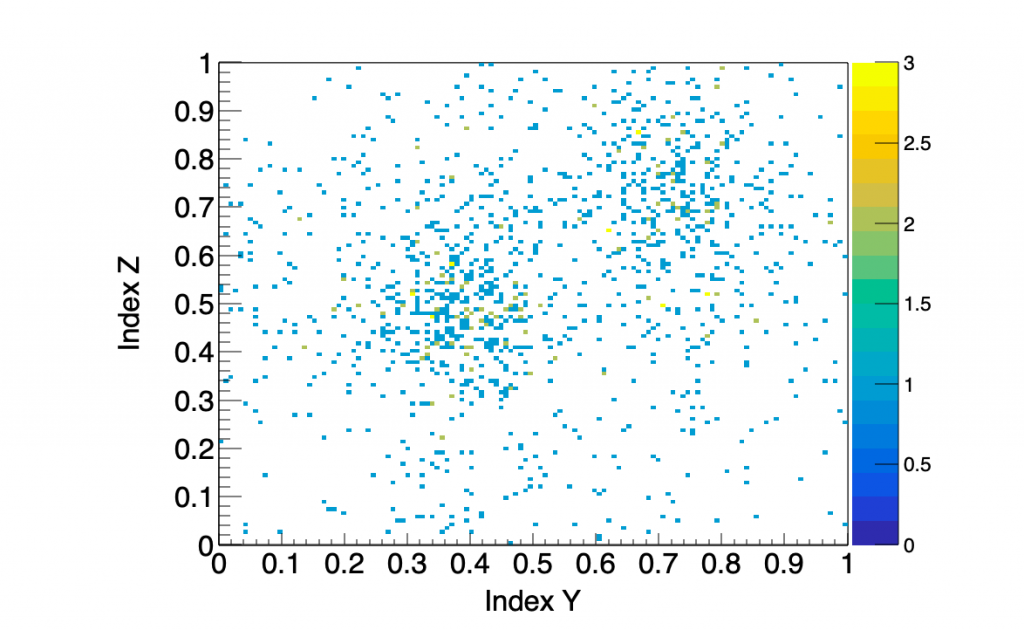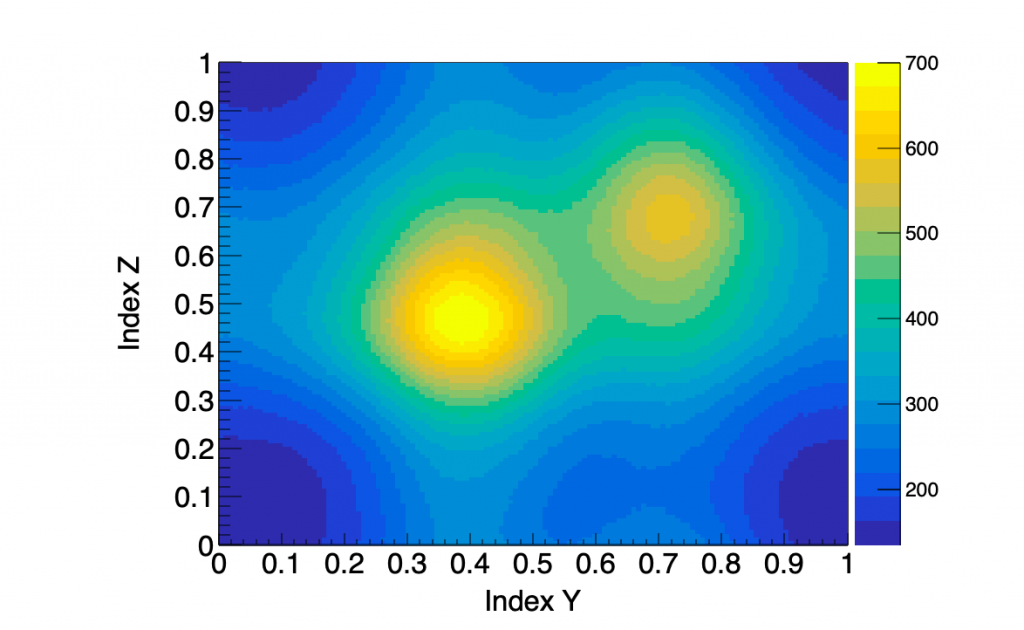
The SVOM satellite aims at studying high-energy astrophysical objects. In particular, gamma-ray bursts are considered as golden targets: they are first detected by the wide-field-of-view ECLAIRs telescope. Then, the satellite is repointed toward the location of the source and the X-ray afterglow is monitored with a telescope named MXT (for Micro-channel X-ray Telescope).
The on-board MXT scientific software
The IJCLab team developed the MXT onboard scientific software in collaboration with CNES, the French space agency. The telescope collects X-ray photons and images are analyzed on-board. Photons are identified and accumulated onto a 2-dimensional grid called the photon cumulative map. The photon cumulative map is cross-correlated with the pattern expected from the MXT optical system and the source is localized at the maximum of the cross-correlation map.
The on-board software formats the results of the localization analysis in telemetry packets which are sent to the ground. In addition, all the science data (images, photons, monitoring data) are managed onboard and sent to the ground via dedicated channels.
Software developments for space applications are highly constrained. They undergo very strict quality specifications to guarantee efficiency, robustness etc… The MXT scientific software was developed in this framework and was validated for space.











